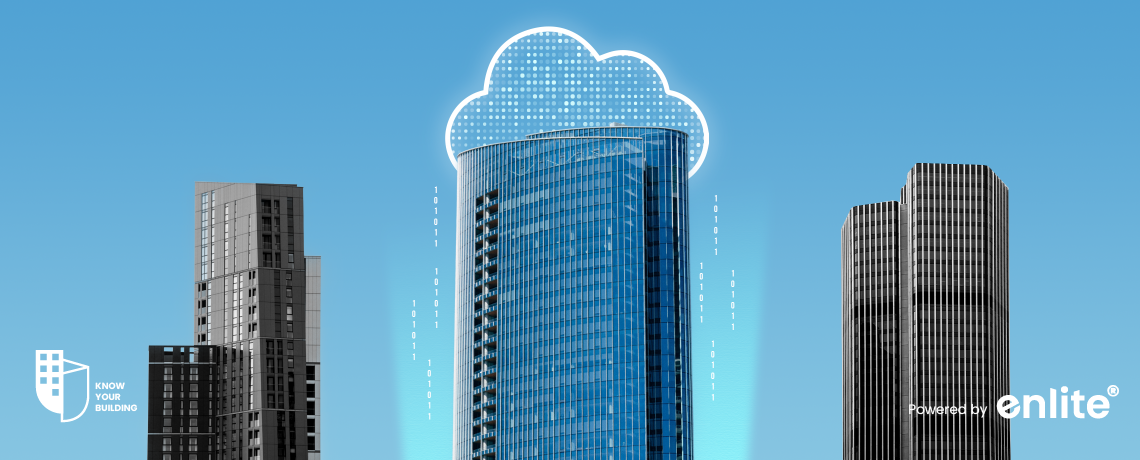The world of building management is undergoing a rapid transformation, driven by technological advancements, sustainability imperatives, and the evolving needs of modern occupants. As we approach 2025, building management is set to embrace groundbreaking trends and innovations that promise to redefine how commercial and residential spaces are designed, operated, and optimized.
Here’s a closer look at the emerging trends and innovations shaping the future of building management in 2025.
1. Cloud-Native Building Management Systems (BMS)
Cloud-native BMS solutions are at the forefront of the building management revolution. These systems leverage the power of the cloud to offer real-time monitoring, remote accessibility, and seamless integration with other building technologies.
Key Features:
- Remote monitoring and control from any location.
- Integration with IoT devices for real-time data collection.
- Scalability to accommodate buildings of any size or complexity.
Impact in 2025: Cloud-native systems like Know Your Building will lead the charge in enabling smarter, more efficient building operations, helping facilities reduce energy consumption and enhance occupant comfort.
2. Artificial Intelligence and Machine Learning
AI and machine learning are becoming essential tools in building management. These technologies enable predictive maintenance, energy optimization, and automated decision-making, reducing operational costs while enhancing efficiency.
Examples of AI in Building Management:
- Predictive Maintenance: AI algorithms analyze equipment performance to predict failures before they occur.
- Energy Management: Machine learning optimizes HVAC and lighting systems based on usage patterns and weather conditions.
Impact in 2025: AI-driven insights will help buildings operate autonomously, adapting to changing conditions without manual intervention.
3. IoT-Enabled Smart Buildings
The Internet of Things (IoT) continues to revolutionize building management by enabling devices to communicate and share data. Smart sensors, connected devices, and automation systems will create more responsive and efficient buildings.
Key Benefits:
- Proactive maintenance using IoT-enabled alerts.
- Enhanced occupant safety with integrated security systems.
- Real-time environmental monitoring for better indoor air quality.
Impact in 2025: IoT-powered buildings will deliver unparalleled operational efficiency and an enhanced occupant experience.
4. Sustainability and Green Building Innovations
Sustainability remains a top priority in building management. By 2025, green building certifications and carbon reduction goals will become even more critical for property owners and facility managers.
Sustainability Trends to Watch:
- Renewable energy integration, such as solar panels and wind turbines.
- Water recycling and conservation technologies.
- Carbon tracking systems to monitor and reduce emissions.
Impact in 2025: Advanced Building Management Systems will enable facilities to meet stringent sustainability standards while reducing operational costs.
5. Digital Twin Technology
Digital twins are virtual replicas of physical buildings that allow managers to simulate and analyze operations in real-time. This technology is gaining traction for its ability to improve decision-making and optimize building performance.
Use Cases for Digital Twins:
- Testing energy-saving measures without disrupting actual operations.
- Simulating evacuation scenarios to improve emergency response.
- Monitoring building health to plan maintenance schedules.
Impact in 2025: Digital twins will become a standard tool for facility managers, offering a detailed understanding of building performance and potential improvements.
6. Enhanced Occupant Experience
The future of building management focuses not just on efficiency but also on occupant well-being. Advanced systems will prioritize comfort, productivity, and safety through personalized environments.
Innovations in Occupant Experience:
- AI-driven personalized climate control.
- Smart lighting that adapts to natural sunlight levels.
- Improved air quality monitoring and ventilation systems.
Impact in 2025: Occupant-centric innovations will boost satisfaction and productivity, making smart buildings more desirable for tenants and businesses.
7. Edge Computing for Real-Time Decision-Making
Edge computing processes data closer to the source, such as within the building itself, rather than relying solely on cloud processing. This ensures faster response times and uninterrupted operations.
Key Applications:
- Immediate response to security breaches.
- Real-time adjustments to HVAC and lighting systems.
- Reduced latency in critical building operations.
Impact in 2025: Edge computing will complement cloud-native systems, ensuring high-speed decision-making for critical building functions.
8. Integrated Platforms and Unified Systems
The future of building management lies in integration. Unified platforms that combine energy, security, HVAC, and other systems will streamline operations and enhance overall building performance.
Advantages of Integration:
- Centralized control for multiple building systems.
- Reduced complexity in system management.
- Enhanced data insights for better decision-making.
Impact in 2025: Integrated platforms will simplify building management, reducing costs and improving operational efficiency.
The Road Ahead in 2025
As technology continues to evolve, the building management industry is on the brink of a major transformation. Innovations like cloud-native BMS, AI, IoT, and digital twin technology are not just trends but essential components of the future. These advancements will make buildings smarter, more sustainable, and better equipped to meet the demands of occupants and facility managers alike.
Embrace the future with cloud-native solutions like Know Your Building and unlock the full potential of modern building management systems. The future starts today.














